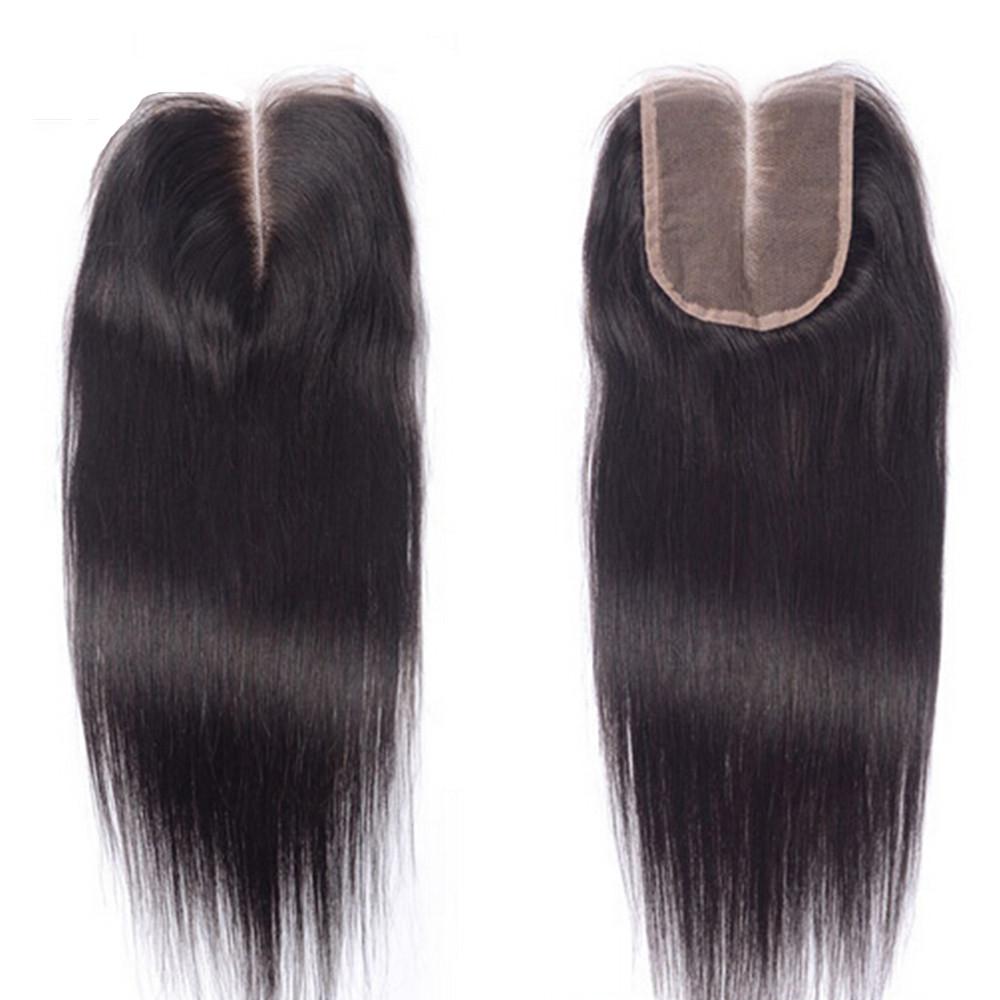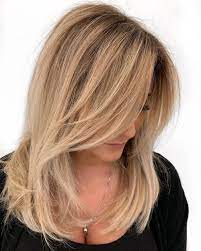
Closures can provide your hair with added protection. They’re similar to frontals but offer more styling possibilities and cost less money. Closures come in different colors, textures, and sizes, making them an excellent solution for women with thinned or thinning hair or balding conditions. When properly installed, closures look natural.
How to Install a Closure
Closures can add the perfect finishing touch to a sew-in or wig installation, helping your natural hair blend in naturally with its new surroundings for an authentic scalp-like appearance. Furthermore, closures offer lengthening benefits as they add volume. Before using any closure for the first time, though, it is essential to take some steps first. Here is what you should keep in mind before getting one:
Measure your natural hair: Before beginning, braid all of your natural hair into a low braid to accurately measure your closure and ensure it lays flat against your head. This will provide the most precise measurement possible and guarantee its success.
Choose the right closure type: Closures come in various parts to meet different styling needs. Typical examples are middle and side parts; alternatively, free-part closures enable users to part their hair in multiple ways without the hassle of parting it themselves. They come in various textures, so it should be easy for anyone with different hair types and styles to find one suitable.
Bleaching
Bleaching closure hair helps create the illusion that each strand is growing from your scalp by lightening dark knots that secure each strand to the lace closure. To whiten it, mix BW2 bleach powder and creme developer portions before applying it directly over the center of the lace and leaving it to set for 10-20 minutes before washing away.
When applying bleach mixture, working in an airy and ventilated space while wearing protective gloves is essential. In addition, professional services should be sought as the lace is delicate and easily damaged by excessive bleaching efforts. Mix developer and bleach powder until you achieve a thick toothpaste-like consistency in a mixing bowl, then use your mixing brush to evenly apply bleach onto your lace closure with enough bleach that the knots no longer remain visible. Flip over and protect with aluminum foil once enough bleach has been used; allow to set until knots have disappeared completely before washing with a neutralizing shampoo explicitly designed for bleached hair.
Sewing
Sewing is the art of manually stitching fabric together using thread and needle or in a machine. Sewing is vital for producing clothing, home textiles, and other items, tailoring services, upholstery/drapery work, and bookbinding projects.
If you plan to have a closure sewn in, your natural hair must be prepared first. Start by cornrowing it at the point you want it parted; ensure small braids so your foundation remains flat. Lace closure sew-ins are ideal for women who enjoy trying different styles without risking heat or pressure damage to their natural hair. Compared to glue-in hair extensions, sew-ins are less damaging and last up to 12 months with proper care; plus, they’re easier to remove than their glue counterparts!
Styling
Closures can help protect your locks while still looking stunning, although they require additional upkeep. Yummie suggests using a wide-toothed comb to smooth out tangles and applying leave-in conditioner regularly to keep hydration levels at their optimum. Finally, always spray any hot styling tools with heat protectant spray before using them!
One of the simplest and easiest ways to wear a closure is with a sleek double ponytail. Tie your hair back into a low ponytail, French braid from front to back, and finish off by French plaiting your closure, giving it an authentic appearance. Bobby pins provide another straightforward method of styling closures and sew-ins. This approach works exceptionally well if you don’t enjoy wearing your hair up or cannot for medical reasons. Be sure to select matching bobby pins so they blend in seamlessly.

